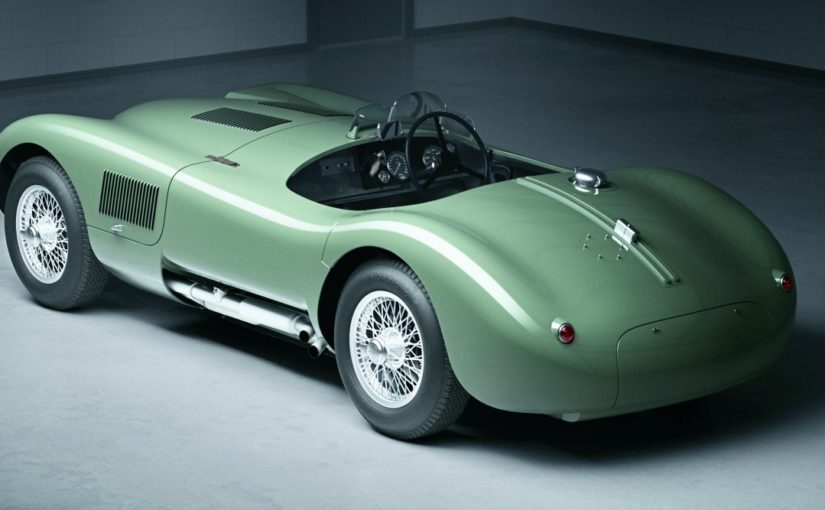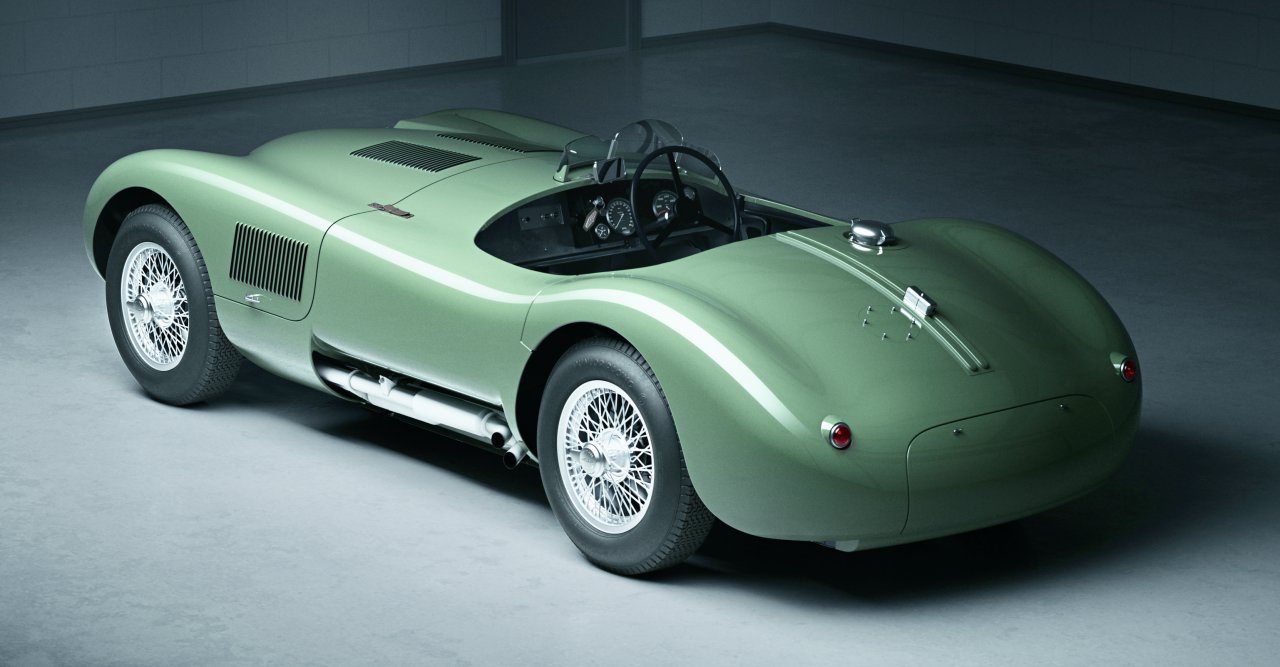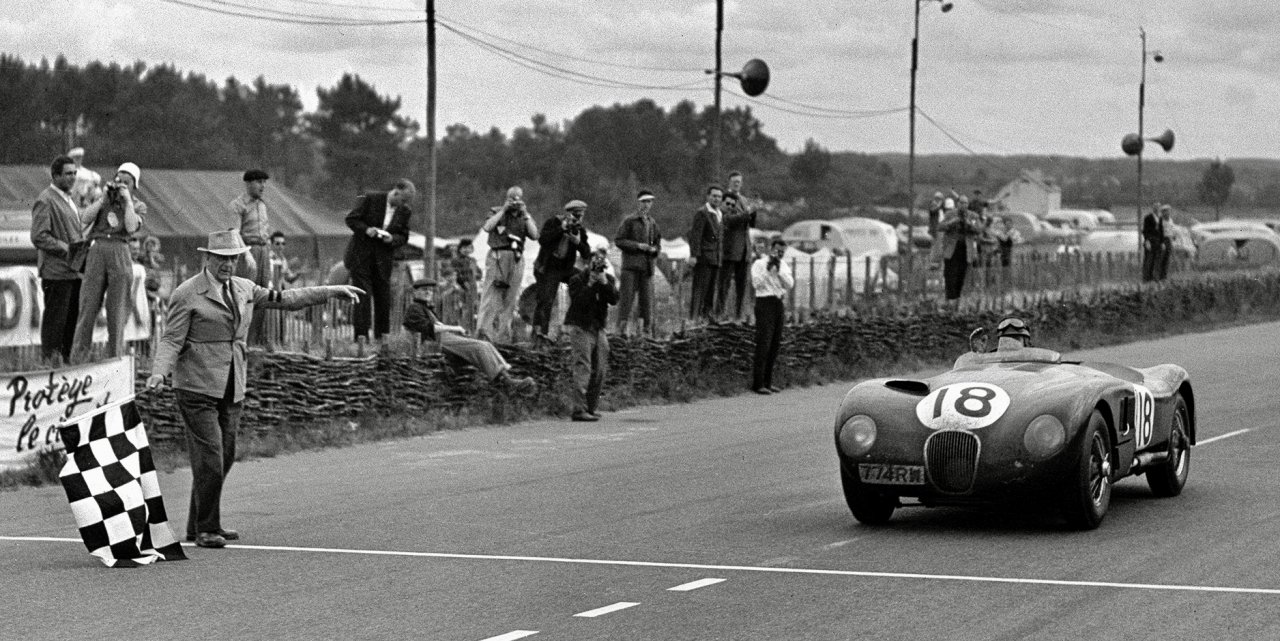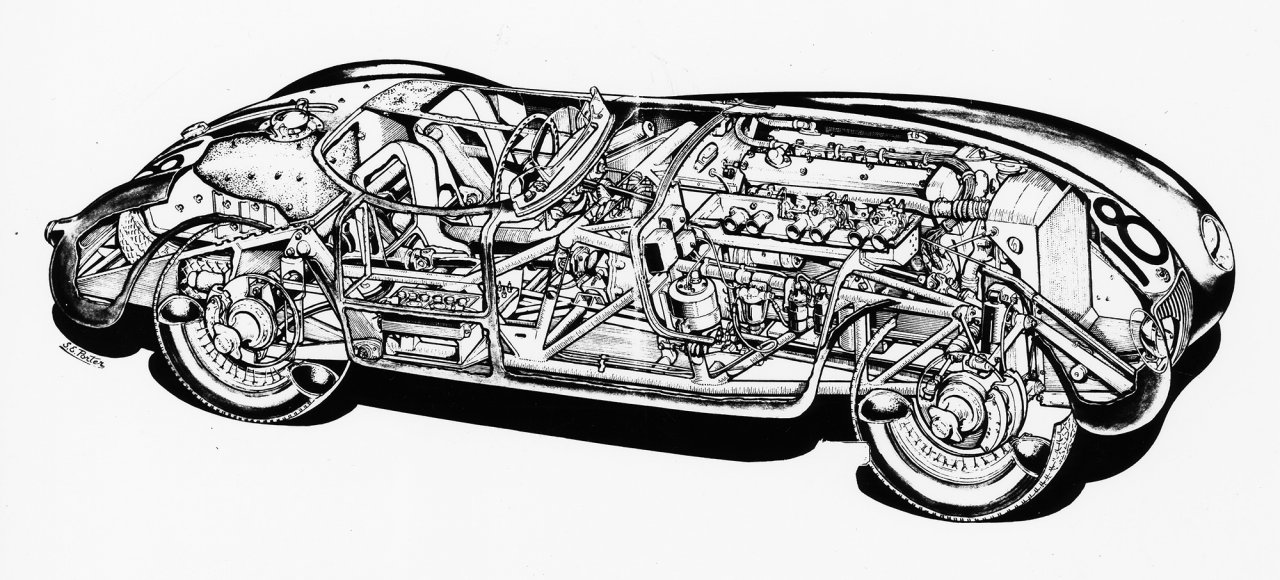Peugeot has finally unveiled its hypercar for the 2022 season of the World Endurance Championship. We’d only seen bits and pieces of it so far, but we can now see the concept car, which Peugeot has dubbed the 9×8.
Advertisement
This is the hybrid hypercar that will take on the French carmaker’s rivals at Le Mans in the upcoming season, and it seems what Peugeot is most proud of about the 9X8 is related to its design. Namely, that the car has no rear wing:
No rear wings are kind of trendy right now, but it makes sense that Peugeot is leaning on design to stand apart from its rivals at this early stage. Remember that the FIA’s regulations dictate very specific rules for the hypercars.
The machines in the Le Mans hypercar class, or LMH, will be capped at 500kW, or 670 horsepower, of total power output from a hybrid drivetrain and they have to weigh at least 1,030kg, or 2,270 pounds. The specs limit what the OEMs can do with their entries into the class, so their design is mostly where the hypercars would differ and I think Peugeot has done a very good job.
G/O Media may get a commission
One of the coolest bits are the integrated mirrors, which highlight the attention Peugeot paid to airflow. That’s just part of the bigger picture of the car: It has no rear wing. The company actually says that it figured out how to make the car so aerodynamic it doesn’t need one:
“The new Le Mans Hypercar regulations were drawn up to level out the importance of conventional performance-boosting systems,” explains Olivier JANSONNIE, PEUGEOT Sport’s WEC Programme Technical Director. “Designing the 9X8 has been a passionate experience because we had the freedom to invent, innovate and explore off-the-wall ways to optimise the car’s performance, and more especially its aerodynamics. The regulations stipulate that only one adjustable aerodynamic device is permitted, without specifying the rear wing. Our calculation work and simulations revealed that high performance was effectively possible without one.”
Advertisement
The carmaker also says it’s not going to share exactly how it figured out the aerodynamics, and that it’s going to guard its secret for as long as it possibly can.
Peugeot wouldn’t even be the first to run a no-wing prototype at Le Mans in the modern era. The wonderfully strange Deltawing did without a wing at all at the back. It’s probably worth mentioning that its doomed spiritual successor, the Nissan LMP1 project, did.
Advertisement
The 9X8’s name comes from the carmaker’s history in endurance racing, but also places it among Peugeot’s current lineup, as it describes:
The “9” continues the series employed by the manufacturer for its recent topflight endurance racing cars, namely the PEUGEOT 905 (which raced from 1990 until 1993) and the 908 (2007 until 2011), both of which became icons of the brand.
The “X” refers to the PEUGEOT Hypercar’s all-wheel drive technology and hybrid powertrain which embodies the brand’s electrification strategy in the world of motor racing.
The “8” is the suffix used for all of PEUGEOT’s current model names, from the 208 and 2008, to the 308, 3008, 5008 and, of course, the 508 which very recently passed through the hands of the engineers and designers who crafted the Hypercar to become the first car to sport the Peugeot Sport Engineered label.
Advertisement
The hypercar has adopted many of Peugeot’s current design cues. The carmaker says the 9×8’s light are inspired by the claws of big cats, and I can see how, but their practicality on the track is questionable. We’ll see what stays and what goes as the concept goes through development before hitting the track in 2022.
Advertisement
FFor GREAT deals on a new or used Chrysler, Dodge, Jeep or RAM check out Monrovia CDJR TODAY!



